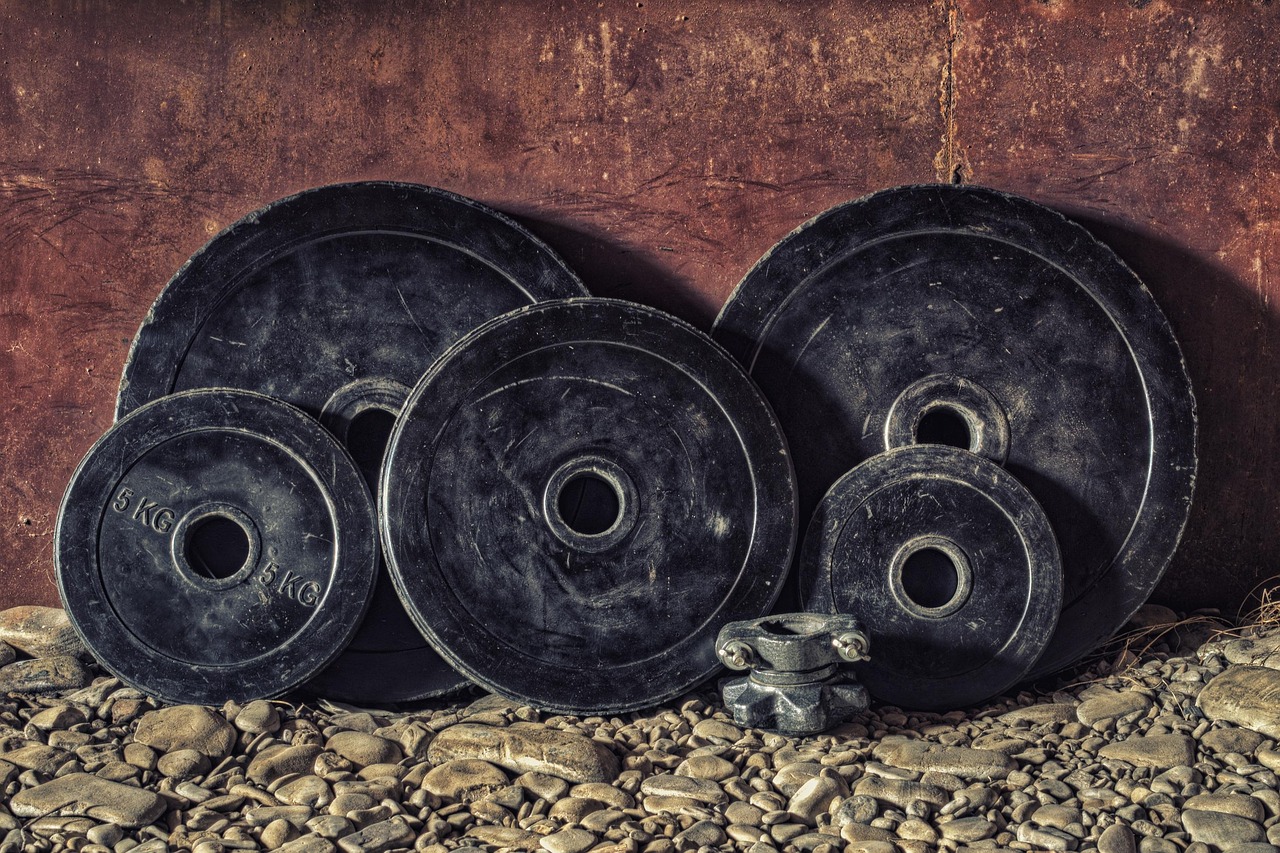
Understanding Muscle Loss After 40
As we age, particularly after reaching 40, maintaining muscle mass becomes increasingly challenging due to natural physiological changes, a phenomenon known as sarcopenia. Research indicates that individuals can lose approximately 3 to 8 percent of muscle mass per decade after the age of
30. This decline can significantly impact strength, mobility, and overall quality of life. Understanding this process is the first step towards creating effective strategies for muscle maintenance and growth.
Prioritizing Resistance Training
Incorporating resistance training into your fitness routine is crucial for combating muscle loss. Studies show that engaging in resistance exercises at least twice a week can help preserve and even increase muscle mass. For instance, a study published in the Journal of Strength and Conditioning Research found that older adults who participated in a structured resistance training program experienced an average increase of 1.4 kg of lean muscle mass over 12 weeks. This highlights the importance of making strength training a fundamental component of your exercise regimen as you age.
Incorporating Cardiovascular Exercise
While resistance training is essential, cardiovascular exercise should not be overlooked. Engaging in regular aerobic activities such as walking, cycling, or swimming can enhance overall cardiovascular health, which is vital for sustaining an active lifestyle. The American Heart Association recommends at least 150 minutes of moderate aerobic activity per week for adults. This balance of cardio and strength training can help improve muscle function and endurance, enabling older adults to maintain a more active lifestyle.

Nutrition for Muscle Maintenance
Nutrition plays a pivotal role in muscle preservation and growth, especially after
40. Consuming adequate amounts of protein is essential, as it provides the building blocks for muscle repair and growth. The Recommended Dietary Allowance for protein is 0.8 grams per kilogram of body weight, but some experts suggest that older adults may benefit from higher intakes, around 1.2 to 2.0 grams per kilogram. Incorporating high-quality protein sources such as lean meats, fish, dairy, legumes, and nuts can significantly enhance muscle health.
Staying Hydrated for Optimal Performance
Hydration is often an overlooked aspect of muscle maintenance. Adequate fluid intake is vital for muscle function and recovery. Dehydration can lead to decreased strength and endurance, which can hinder workout performance. According to the National Academies of Sciences, Engineering, and Medicine, men should aim for about 3.7 liters and women for 2.7 liters of total water intake per day, including all beverages and food sources. Ensuring proper hydration can support overall physical performance and recovery.

Setting Realistic Goals for Muscle Growth
When embarking on a muscle-building journey after 40, it’s essential to set realistic and achievable goals. Instead of aiming for drastic changes, focus on gradual improvements. For example, aim to increase your weightlifting capacity by 5 percent every month or incorporate an extra serving of protein into your daily diet. Tracking progress through a fitness journal can also help you stay motivated and accountable. Reflecting on your journey can provide insights into what strategies work best for you, fostering a positive mindset towards your fitness goals.

Seeking Professional Guidance
Consider consulting with fitness professionals or registered dietitians who specialize in exercise and nutrition for older adults. They can provide personalized guidance tailored to your specific needs, helping you design a balanced workout and nutrition plan. A study from the International Journal of Sports Nutrition and Exercise Metabolism found that individuals who worked with a coach were more likely to adhere to their fitness and nutrition plans, resulting in better outcomes. Investing in professional support can significantly enhance your muscle maintenance efforts.

Reflecting on Your Progress
Regularly reflecting on your fitness journey is crucial for maintaining motivation and adjusting your strategies as needed. Consider journaling about your workouts, nutrition, and feelings about your progress. Questions such as “What workouts made me feel the strongest?” or “How has my body responded to increased protein intake?” can provide valuable insights. This reflective practice can help you stay connected to your goals and recognize your achievements, no matter how small. By implementing these strategies and maintaining a proactive approach to workouts and nutrition, it is entirely possible to maintain and even build muscle mass after
40. Embracing this journey with a positive mindset will not only enhance physical health but also contribute to overall well-being as you age.
